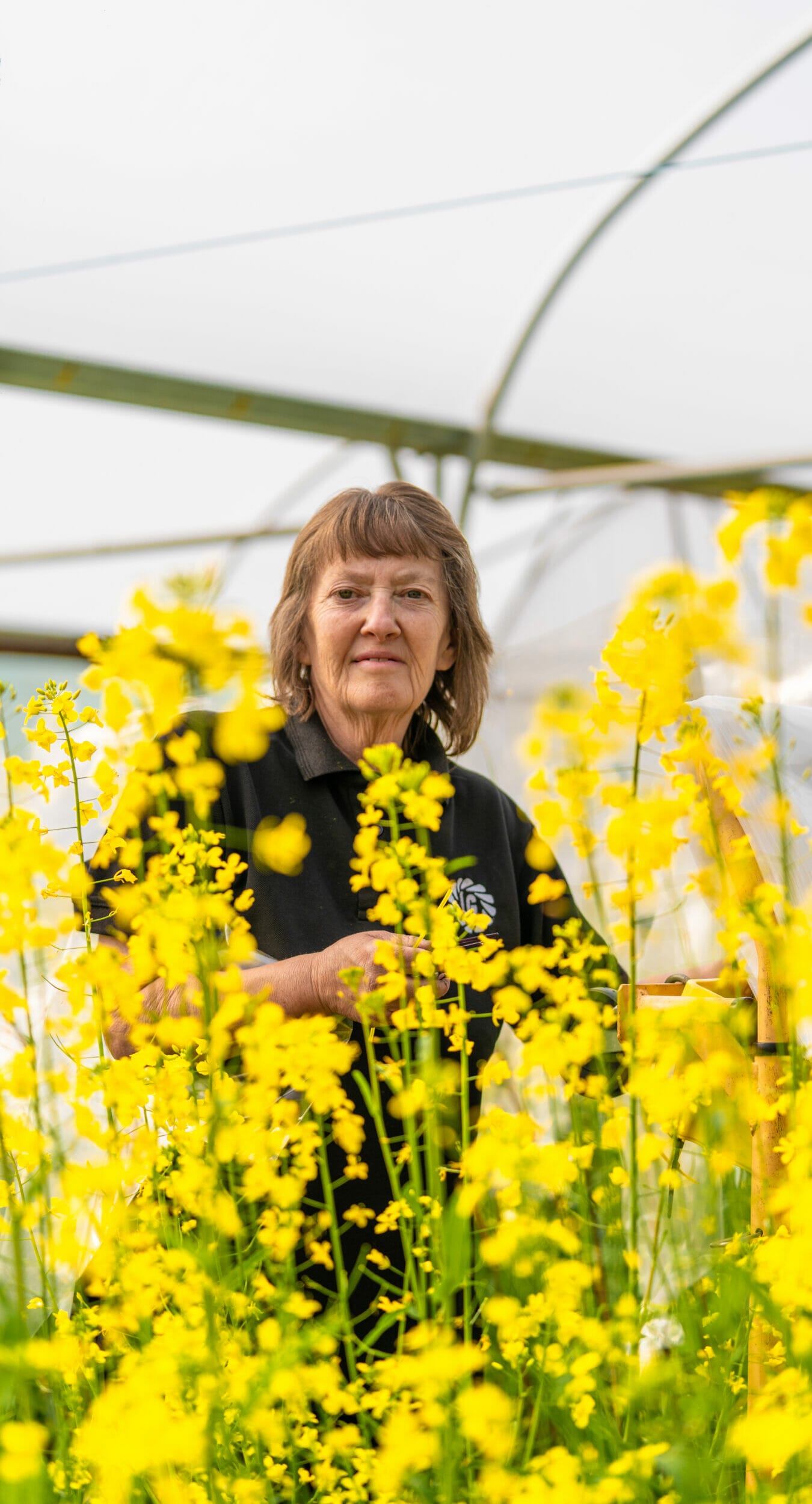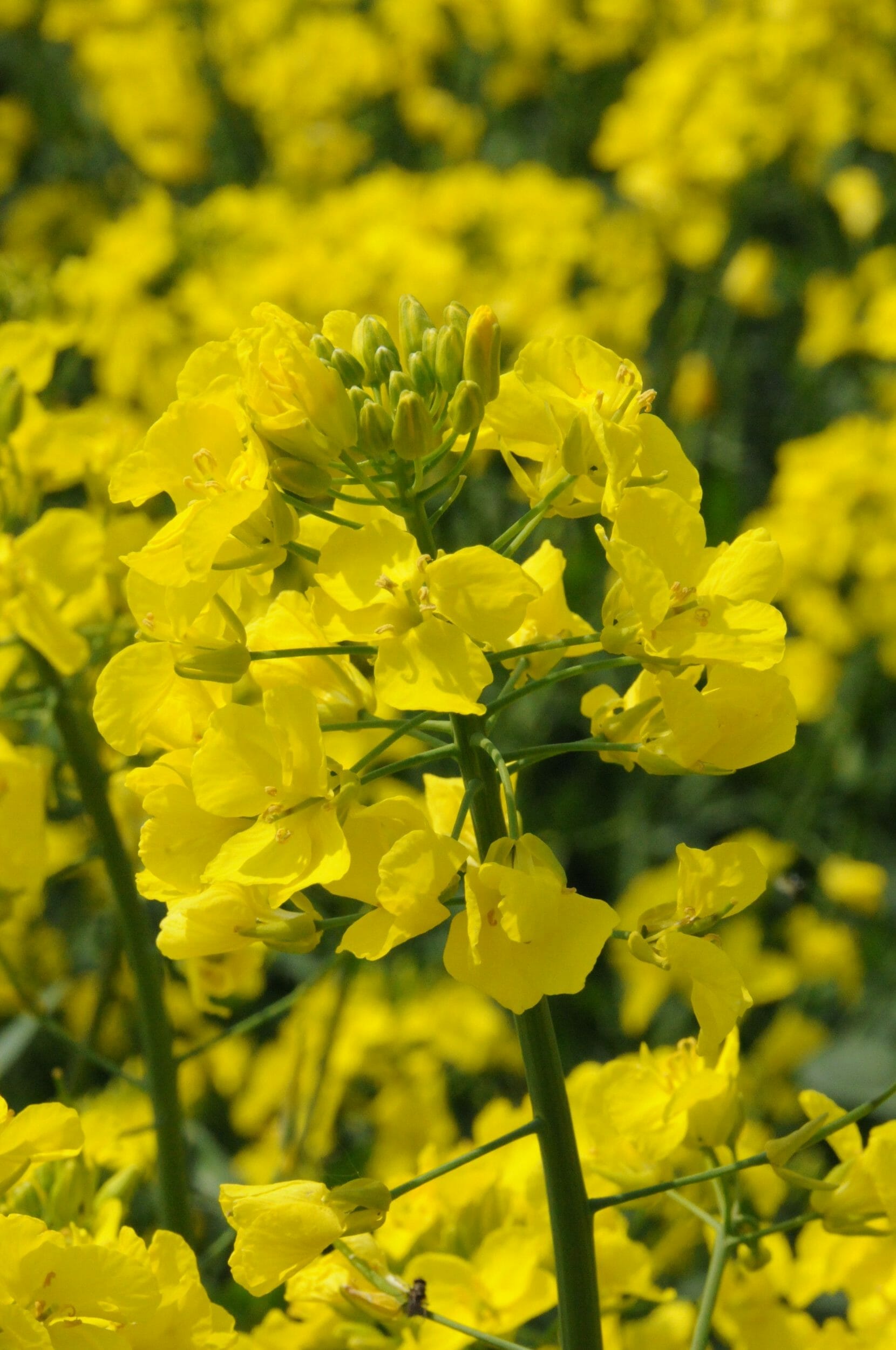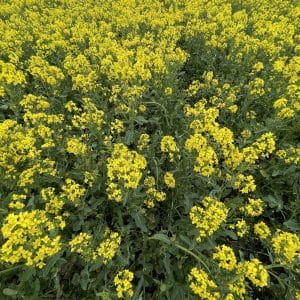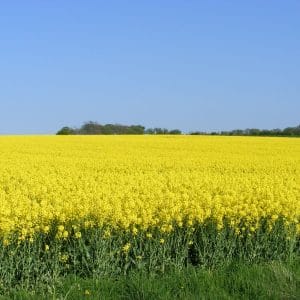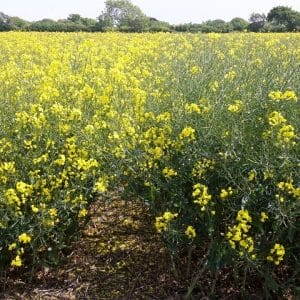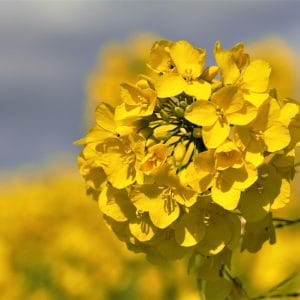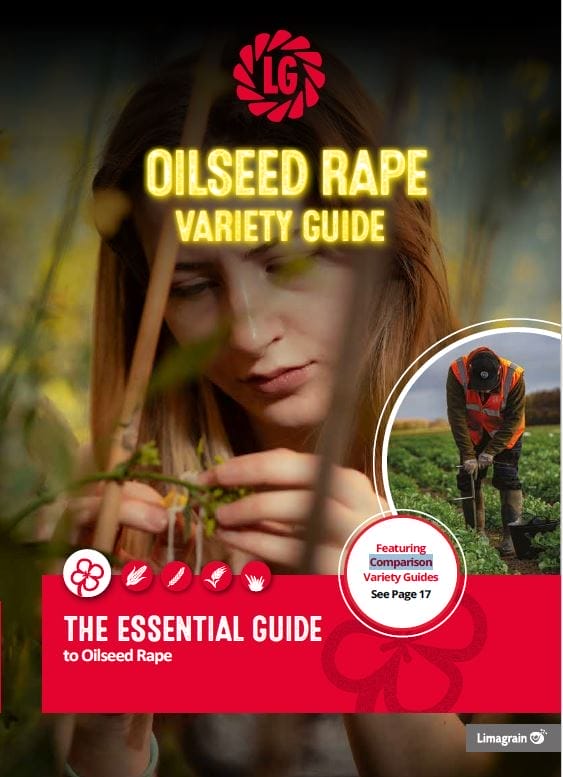
Phoma is one of the biggest yield-robbing diseases in oilseed rape with the AHDB oilseed management guide claiming that a typical reduction of 0.5 t/h yield reduction in susceptible varieties.
Phoma first appears on the leaves as near-harmless legions, however if this infection spreads to the petioles or stem they can cause cankers. For this reason, phoma is more of a risk in smaller crops where infection can reach these critical points sooner. Cankers in the stem can increase the likelihood of lodging and impact on nutrient and water supply to the rest of the plant, severely impacting yield.
RLM7 is gene-specific resistance to phoma stem canker.






























